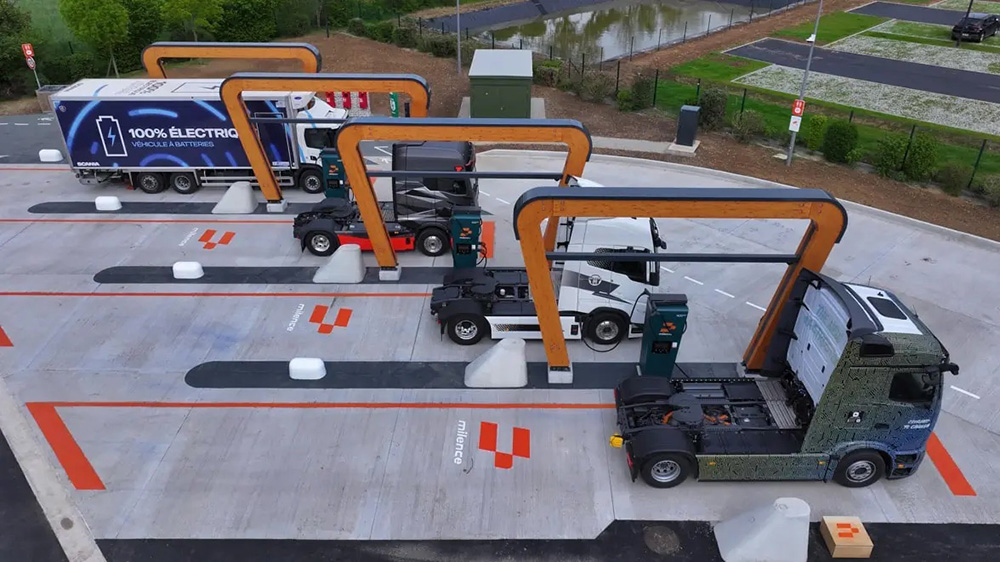We’re used to hearing a steady drumbeat of pleas for more public EV charging stations. But in certain markets, there might just be too many.
Viewing the new technology through the lens of the old, EV-curious drivers assume that driving an EV will still require regular stops at fueling stations—with gas pumps replaced by super-duper-high-speed chargers—and consistently tell pollsters that “not enough public charging” is their main concern about going electric. Politicians are generally happy to subsidize public charging, as it’s a comparatively cheap way for them to do something, or appear to do something, to encourage EV adoption. (For pols, allocating a few million taxpayer dollars to charging projects is much easier than, for example, raising taxes on polluting vehicles.)
Now, we don’t mean to belittle the plight of an apartment-dwelling EV driver in Silicon Valley, or an EV driver facing a long commute in Iowa (to give two examples). In some parts of the world, more charging stations are badly needed—either because existing stations are overloaded, or because there simply aren’t any. However, in other markets, the authorities’ well-meaning zeal for deploying chargers may have outrun the demand from drivers.
According to the German media outlet taz, Germany now finds itself in such a situation. Electric utilities and others are deploying new chargers at an impressive pace, even as the growth in EV adoption has slowed.
In fact, says taz, the number of new EV registrations collapsed in Germany in September. This was not unexpected—the plunge coincided with the phase-out of incentives for electrifying company cars, which make up the majority of new registrations in the country. However, taz reports that electric utilities and others have been saying in recent months that the number of public EV chargers has grown to exceed current requirements.
New registrations of pure EVs in Germany fell to around 31,700 in September—14 percent of all new registrations. That’s a drop of almost two thirds compared to the previous month, and a fall of 30 percent compared to September 2022. By taz’s calculations, there are currently about 13 EVs to every public charging point in Germany.
One reason that politicians have overestimated the need for charging points may be technical progress. Over the past few years, charging power levels have dramatically increased, which reduces the charging time required, and enables each charging point to serve more vehicles.
Electric utility trade group BDEW estimates that 250,000 public charging points will be enough to serve Germany’s needs in 2030. However, the German Federal Government appears to be sticking to its goal of deploying a million by that date.
According to BDEW, public EV charging points are occupied, on average, around 11 percent of the day. Industry estimates indicate that DC fast charging stations must be used at a rate of 15 to 20 percent in order to return a profit. At the moment, many existing charging stations are surely uneconomical.
Source: taz









































































